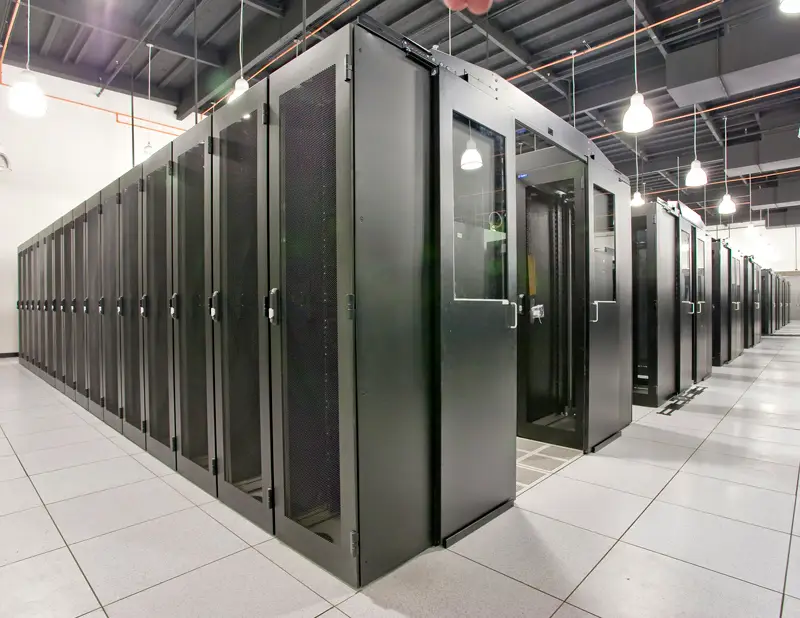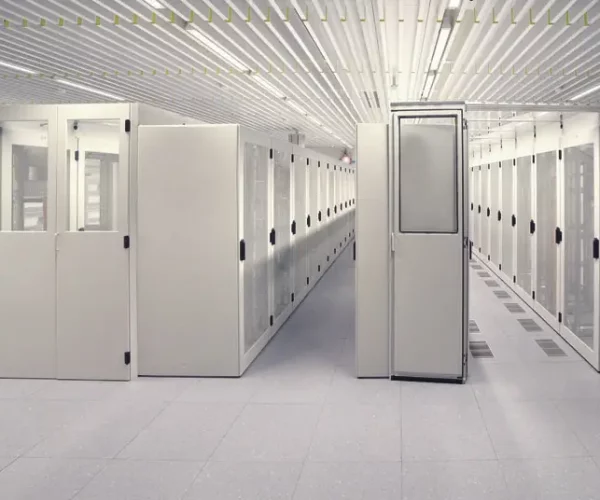- About us
- DesignNew Data CentreData Centre SolutionsData Centre Solutions
- Data centres
- Infrastructure optimisation
- Case studies
- News
- About us
- DesignNew Data CentreData Centre SolutionsData Centre Solutions
- Data centres
- Infrastructure optimisation
- Case studies
- News






